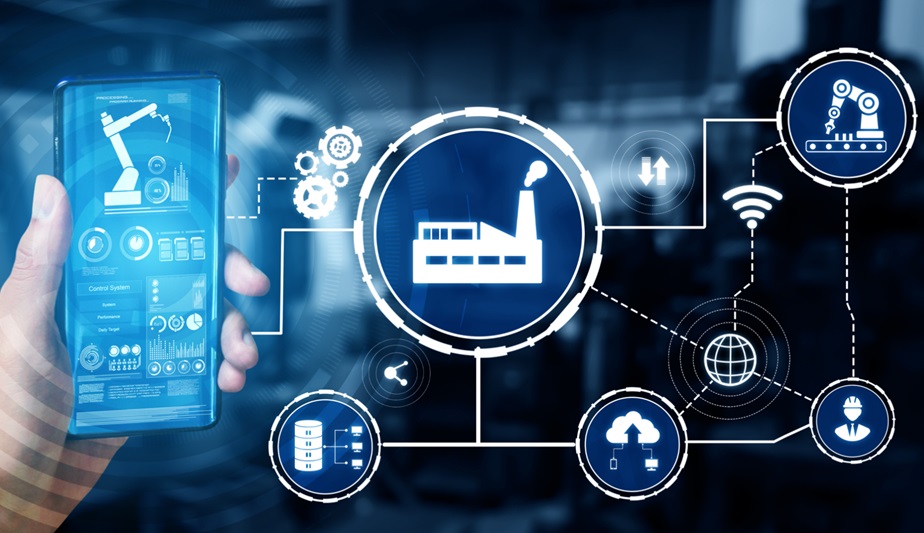Tasks, Tools & Technologies
Production Management
Production management is one of the most important management functions within manufacturing companies and crucial to economic success. In this article, we explain the most important tasks, tools and technologies of production management.
Definition
What is production management?
Production management refers to the planning, organization, coordination and monitoring of production processes within manufacturing companies. For these companies, production management is one of the most important elements of corporate management.
The aim of production management is to optimize the use of resources and the production processes themselves, thereby reducing costs, improving productivity and ensuring a high product quality.
To achieve this, people, production materials, machines, equipment and software systems must be coordinated effectively. The larger and more complex a company, the more challenging this task becomes.
In this article, we take a look at the most important tasks, objectives and tools associated with production management. Furthermore, we discuss technologies that are increasingly shaping production management – cloud computing and edge computing.
Production management is often included within the slightly broader term “operations management”. The latter also considers the development and provision of services in addition to the production of physical goods.
Categorization
Strategic, tactical and operational production management
Production management can be divided into three levels:
The main difference between these levels is their time horizon.
Strategic production management
(up to 10 years)
Strategic production management refers to the long-term production planning within a company. Generally, a period of up to 10 years is considered.
The decisions that are made as part of strategic production management relate to long-term production goals, market entries, production sites and other longer-term projects.
Tactical production management
(up to 5 years)
Tactical production management involves the concrete implementation of strategic decisions, including for example the development of production capacities and the selection of new technologies.
Usually a period of up to 5 years is considered.
Operational production management
(less than 1 year)
Operational production management involves practical, short-term production planning with regard to quantities, machine allocations and other factors.
Additionally, it includes the execution of production orders as part of production control as well as the constant monitoring of production processes.
Main tasks
Which tasks are part of production management?
Production management consists of several core tasks.
These include the definition of production targets, production planning and execution as well as the constant monitoring of production processes.
Setting production targets
Setting long-term production targets is the responsibility of tactical and strategic production management. These targets depend on a wide range of factors, including the market and competitive situation of the company, the available resources as well as the company’s strategy.
Long-term production targets can be the introduction of new products, the establishment of new production sites or entry into new markets.
Production planning and production control
In production planning, a distinction can be made between long-term (strategic/tactical) and short-term (operational) planning.
As part of strategic and tactical production planning, measures are developed to implement the previously defined production targets. These include concrete decisions on production sites or the company-wide introduction of new technologies.
Operational production planning deals with the definition of specific quantities, the determination of material requirements and the concrete scheduling and capacity planning for the execution of orders. Tasks such as order release and detaileded scheduling fall within the responsibility of production control, a segment of production management that deals with the operative implementation of broader production plans.
Monitoring
Another task included within production management is the constant monitoring of all production processes.
On one hand, a company wants to be able to react quickly to any bottlenecks, shortages, system failures, productivity losses or quality deficits. On the other hand, the goal is to identify potential for optimizations.
Operational monitoring of a production is carried out both automatically by software systems, which trigger corresponding messages in the event of deviations, and manually by checking machine status, key indicators or overviews. The prerequisite for effective monitoring of production processes is a seamless machine data acquisition as well as the collection of other relevant production data.
Numerous production metrics and KPIs (key performance indicators) are evaluated as part of medium to long-term controlling in order to monitor compliance with the previously defined production targets.
Below, you can find examples for applications related to production monitoring:
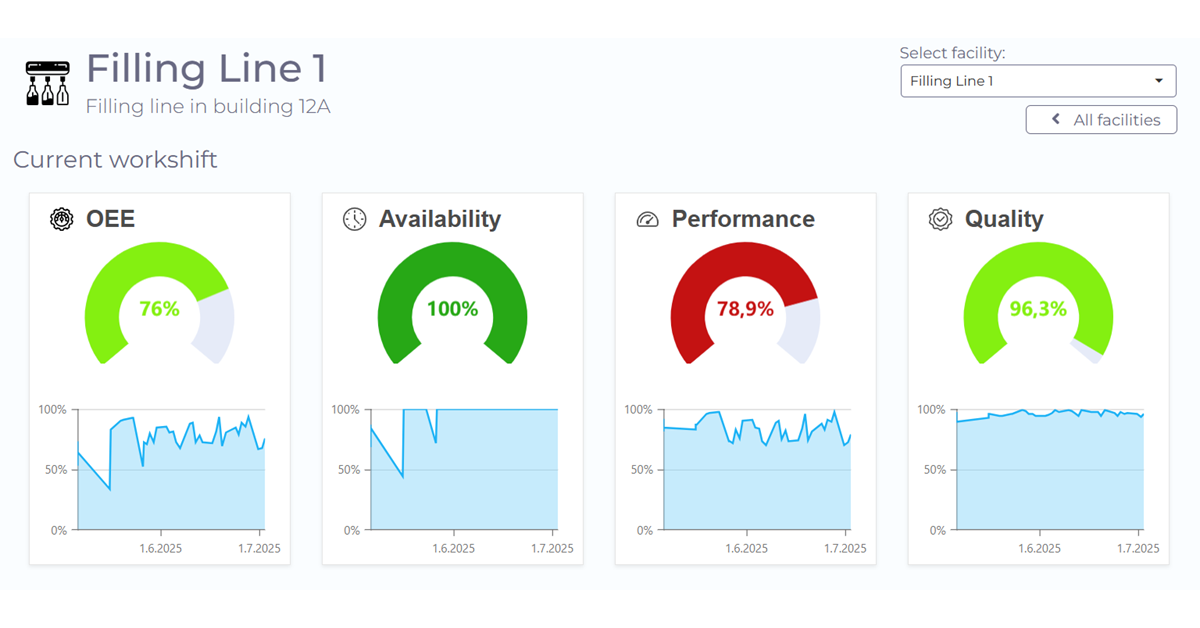
Example of a KPI visualization with manubes.
The monitoring of selected metrics and KPIs is a key part of production management.

manubes offers a central platform for production data management, data visualization and workflow-based process automation.
Manufacturers gain access to a variety of innovative tools in order to quickly develop their own applications – tailored to their requirements.
6 typical tasks in production management
Material requirements planning and procurement
Based on bills of materials and routing plans, production planning teams determine which raw materials, semi-finished goods, components and assemblies are needed to produce the previously defined quantity of finished products (primary requirements). These materials can then be manufactured in-house, purchased, or retrieved from inventory. The primary tool for this process is typically an ERP system, which manages orders, stock levels and purchases in one centralized location.
Scheduling and capacity planning
As part of initial scheduling, production planners determine possible timeframes for planned production orders (lead time scheduling) and compare them with available capacities. Based on this rough planning, adjustments are made if it’s clear that production capacities will be either over- or underutilized. Potential solutions include rescheduling orders or outsourcing production to external partners.
Detailed scheduling of production orders
As part of detailed scheduling, production orders are optimally distributed across available workstations. Planners define exact start and end times for each individual task, taking into account factors such as buffer times, workforce capacity, delivery deadlines, and even machine costs. In the event of unforeseen circumstances – such as rush orders or machine breakdowns – the detailed schedule must be adjusted accordingly.
Material requirements planning and procurement
Based on bills of materials and routing plans, production planning teams determine which raw materials, semi-finished goods, components and assemblies are needed to produce the previously defined quantity of finished products (primary requirements). These materials can then be manufactured in-house, purchased, or retrieved from inventory. The primary tool for this process is typically an ERP system, which manages orders, stock levels and purchases in one centralized location.
Scheduling and capacity planning
As part of initial scheduling, production planners determine possible timeframes for planned production orders (lead time scheduling) and compare them with available capacities. Based on this rough planning, adjustments are made if it’s clear that production capacities will be either over- or underutilized. Potential solutions include rescheduling orders or outsourcing production to external partners.
Detailed scheduling of production orders
As part of detailed scheduling, production orders are optimally distributed across available workstations. Planners define exact start and end times for each individual task, taking into account factors such as buffer times, workforce capacity, delivery deadlines, and even machine costs. In the event of unforeseen circumstances – such as rush orders or machine breakdowns – the detailed schedule must be adjusted accordingly.
Material requirements planning and procurement
Based on bills of materials and routing plans, production planning teams determine which raw materials, semi-finished goods, components and assemblies are needed to produce the previously defined quantity of finished products (primary requirements). These materials can then be manufactured in-house, purchased, or retrieved from inventory. The primary tool for this process is typically an ERP system, which manages orders, stock levels and purchases in one centralized location.
Scheduling and capacity planning
As part of initial scheduling, production planners determine possible timeframes for planned production orders (lead time scheduling) and compare them with available capacities. Based on this rough planning, adjustments are made if it’s clear that production capacities will be either over- or underutilized. Potential solutions include rescheduling orders or outsourcing production to external partners.
Detailed scheduling of production orders
As part of detailed scheduling, production orders are optimally distributed across available workstations. Planners define exact start and end times for each individual task, taking into account factors such as buffer times, workforce capacity, delivery deadlines, and even machine costs. In the event of unforeseen circumstances – such as rush orders or machine breakdowns – the detailed schedule must be adjusted accordingly.
Release of production orders
Before a production order is released, planners check whether the required materials, machine capacities, and labor are available (capacity check) and ensure there are no conflicts with other orders. Necessary resources are reserved, and the order is marked as released in the system. This triggers subsequent processes, ensuring that responsible personnel are notified and materials are delivered to the appropriate workstations.
Monitoring of equipment and processes
Teams in production control monitor the status of equipment to detect disruptions and deviations in real time. Digital dashboards and automated alerts for specific events serve as key tools in this process. Depending on the production environment, a wide range of machine, process and environmental parameters can be tracked – such as rotation speeds, fill levels, or temperatures.
Evaluation of metrics
Production metrics and KPIs play a key role not only in monitoring but also in driving medium- to long-term improvements – a core task of production management. Commonly used metrics include production volume, reject rate and delivery reliability. Metrics like OEE (Overall Equipment Effectiveness) allow for performance comparisons across different machines and sites.
Release of production orders
Before a production order is released, planners check whether the required materials, machine capacities, and labor are available (capacity check) and ensure there are no conflicts with other orders. Necessary resources are reserved, and the order is marked as released in the system. This triggers subsequent processes, ensuring that responsible personnel are notified and materials are delivered to the appropriate workstations.
Monitoring of equipment and processes
Teams in production control monitor the status of equipment to detect disruptions and deviations in real time. Digital dashboards and automated alerts for specific events serve as key tools in this process. Depending on the production environment, a wide range of machine, process and environmental parameters can be tracked – such as rotation speeds, fill levels, or temperatures.
Evaluation of metrics
Production metrics and KPIs play a key role not only in monitoring but also in driving medium- to long-term improvements – a core task of production management. Commonly used metrics include production volume, reject rate and delivery reliability. Metrics like OEE (Overall Equipment Effectiveness) allow for performance comparisons across different machines and sites.
Release of production orders
Before a production order is released, planners check whether the required materials, machine capacities, and labor are available (capacity check) and ensure there are no conflicts with other orders. Necessary resources are reserved, and the order is marked as released in the system. This triggers subsequent processes, ensuring that responsible personnel are notified and materials are delivered to the appropriate workstations.
Monitoring of equipment and processes
Teams in production control monitor the status of equipment to detect disruptions and deviations in real time. Digital dashboards and automated alerts for specific events serve as key tools in this process. Depending on the production environment, a wide range of machine, process and environmental parameters can be tracked – such as rotation speeds, fill levels, or temperatures.
Evaluation of metrics
Production metrics and KPIs play a key role not only in monitoring but also in driving medium- to long-term improvements – a core task of production management. Commonly used metrics include production volume, reject rate and delivery reliability. Metrics like OEE (Overall Equipment Effectiveness) allow for performance comparisons across different machines and sites.
Objectives
What are the goals of production management?
An effective and efficient use of production resources goes hand in hand with numerous economic benefits. The most important objectives of production management include the following:

Increasing production efficiency:
A central goal of production management is to increase production efficiency. Well thought-out and data-driven planning should maximize output while at the same time reducing costs for materials, personnel and other factors.
Optimizing the use of resources:
An important part of production management is to ensure that the available resources, including production machinery, materials and personnel, are utilized optimally.
Avoiding risks and failures:
Through constant and extensive monitoring of production processes, production management aims to identify and address failures, bottlenecks, quality deficits and other problems as early as possible.
Maximizing product quality:
Production managers carry out regular quality checks to ensure consistent and high product quality, thereby increasing customer satisfaction.
Improving internal and external collaboration:
Communication with other departments such as marketing or sales is another important part of production management, as is the cooperation with suppliers and other external partners.

Challenges
What are the challenges in production management?
Especially in larger companies, production environments tend to be highly complex.
Determining the number of units to be produced involves complex analyses and calculations, taking into account a wide range of factors like order volume, market conditions and available capacity. Relevant data must be collected without gaps and made available at the right place and time.
Other challenges include resource shortages, managing bottlenecks, constant competitive pressure and growing demand for sustainable products.
As part of digital transformation, companies are expected to embrace technological advancements to stay competitive. When introducing new technologies and systems, factors such as investment costs and expected benefits, cybersecurity and employee acceptance must be carefully considered.
Under the banner of continuous production optimization, many companies aim to make their processes leaner and more transparent (Lean Production). The main goals are to reduce costs and eliminate unnecessary steps. At the same time, this paves the way for innovation – for instance, simplified and standardized IT infrastructures enable faster evaluation and rollout of new technologies across multiple sites.
Software for production management
To manage the complex tasks involved in planning, controlling and monitoring production processes, manufacturers make use of a wide range of software-based tools.
In today’s digital age, nearly all aspects of production management are supported – if not entirely handled or automated – by specialized software applications. Some of these systems are deployed directly on the shop floor, where they collect machine data (see Machine data acquisition) while others handle company-wide planning and administrative tasks.
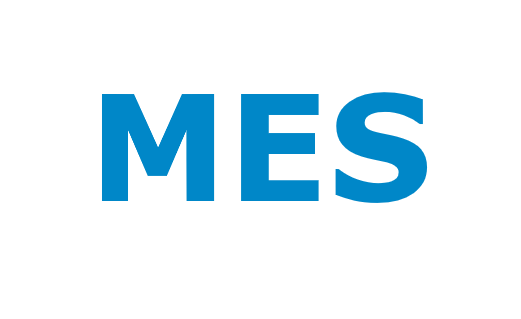
Manufacturing Execution System (MES)
A Manufacturing Execution System (MES) is responsible for the real-time collection and processing of operational, machine, product and employee data. It supports people who are responsible for the detailed planning, control and monitoring of production processes in their decision-making.
The Manufacturing Execution System is usually connected directly to the automation level and therefore has access to machine data. An MES provides data on machine utilization, throughput times or quality parameters. Additionally, it should be able to communicate with other systems and perform tasks such as transmitting information on the status of production orders to a higher-level ERP system.
In contrast to ERP systems, MES are characterized by their close proximity to production processes on the shop floor and their ability to record and process various technical parameters.
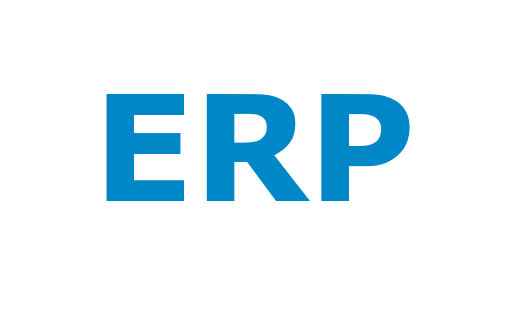
Enterprise Resource Planning (ERP System)
The ERP system maps a company’s business processes and resources and supports their planning, management and supervision. It usually also offers options for internal and external communication as well as a number of interfaces and integrations with other systems.
Typically, an ERP system consists of several modules for different sub-tasks. Many of these support production management, including material planning and warehousing, order management or personnel planning.
The individual requirements of an ERP system depend on factors such as industry sector or company size. In practice, it is often adapted to the specific needs of the company with many providers offering sector-specific solutions. Notably, there are key differences between ERP systems for discrete manufacturing and those for process manufacturing.

Enterprise Resource Planning (ERP System)
The ERP system maps a company’s business processes and resources and supports their planning, management and supervision. It usually also offers options for internal and external communication as well as a number of interfaces and integrations with other systems.
Typically, an ERP system consists of several modules for different sub-tasks. Many of these support production management, including material planning and warehousing, order management or personnel planning.
The individual requirements of an ERP system depend on factors such as industry sector or company size. In practice, it is often adapted to the specific needs of the company with many providers offering sector-specific solutions. Notably, there are key differences between ERP systems for discrete manufacturing and those for process manufacturing.
Cloud Computing
Cloud computing and production management
Cloud computing describes the delivery and use of computing resources over a network – often provided as a service by a third party. Instead of relying on local hardware infrastructures, companies can access services such as storage, computing power or software via the standard internet. In practice, cloud services can range from full virtual infrastructures to individual applications and features.
Companies across various industries now use cloud computing in many forms, including website hosting, mail servers, customer management systems or collaborative document editing. In production management, cloud technology has become a cornerstone of digital transformation.
The switch to cloud applications can lead to cost savings, leaner IT environments and sometimes improved cybersecurity. They also offer significant potential for optimizing day-to-day production operations.
Cloud users are able to access data and processes remotely (e.g. dashboards or control interfaces) and use various features on mobile devices (such as data transmission via QR Code or Barcode scans).
Cloud and data security: When using cloud applications, large volumes of company data are often stored on third-party servers. It is therefore essential to ensure that infrastructure providers meet high security standards – such as ISO 27001. Some of the key criteria are the physical security of data centers, protection against data theft, access control policies, backup structures and encryption mechanisms.
Read the manubes Security Concept to learn how our cloud platform meets these requirements.
Cloud systems in production: Key advantages at a glance
Easy access
Cloud applications allow location-independent access via web browser where the only requirement is a stable internet connection. This way, different people in a company are easily able to work together in the same environment even if they are located all over the world.
Security measures
Thanks to the security precautions taken by large cloud providers and the use of modern encryption and authentication technology, established SaaS cloud applications often provide a high level of security.

Lower infrastructure costs
Another advantage of cloud-based SaaS applications is that the underlying infrastructure is managed by the provider itself. Software updates, bug fixes and automatic backups are commonly included.
Scalability
Many cloud applications can be easily scaled (storage space, users, range of functions, …). At the same time, end users often only pay for resources that they actually use.

With manubes, we offer a specialized cloud solution for manufacturing companies. The platform integrates a wide variety of tools and enables users to create custom applications in areas such as production planning, asset monitoring and process control.
Edge Computing
Edge computing in production management
In edge computing, data is collected in close proximity to the data source and processed in real time (at the “edge” of the network). Edge technology is used in many different areas, including autonomous driving, home automation and virtual reality. But it also offers key benefits in industrial production.
Local pre-processing of machine data can reduce the amount of data that needs to be transmitted to a data center. This not only leads to lower bandwidth utilization, but also enables real-time reactions based on the data collected.
In practice, edge computing is often combined with cloud computing, with part of the data being processed directly on site while the cloud continues to serve as a central data aggregator.
Our cloud platform manubes utilizes edge technology to collect data from machines, devices, APIs and other production systems and securely transfer it to the cloud. You can find more information on our page about system integration with manubes.
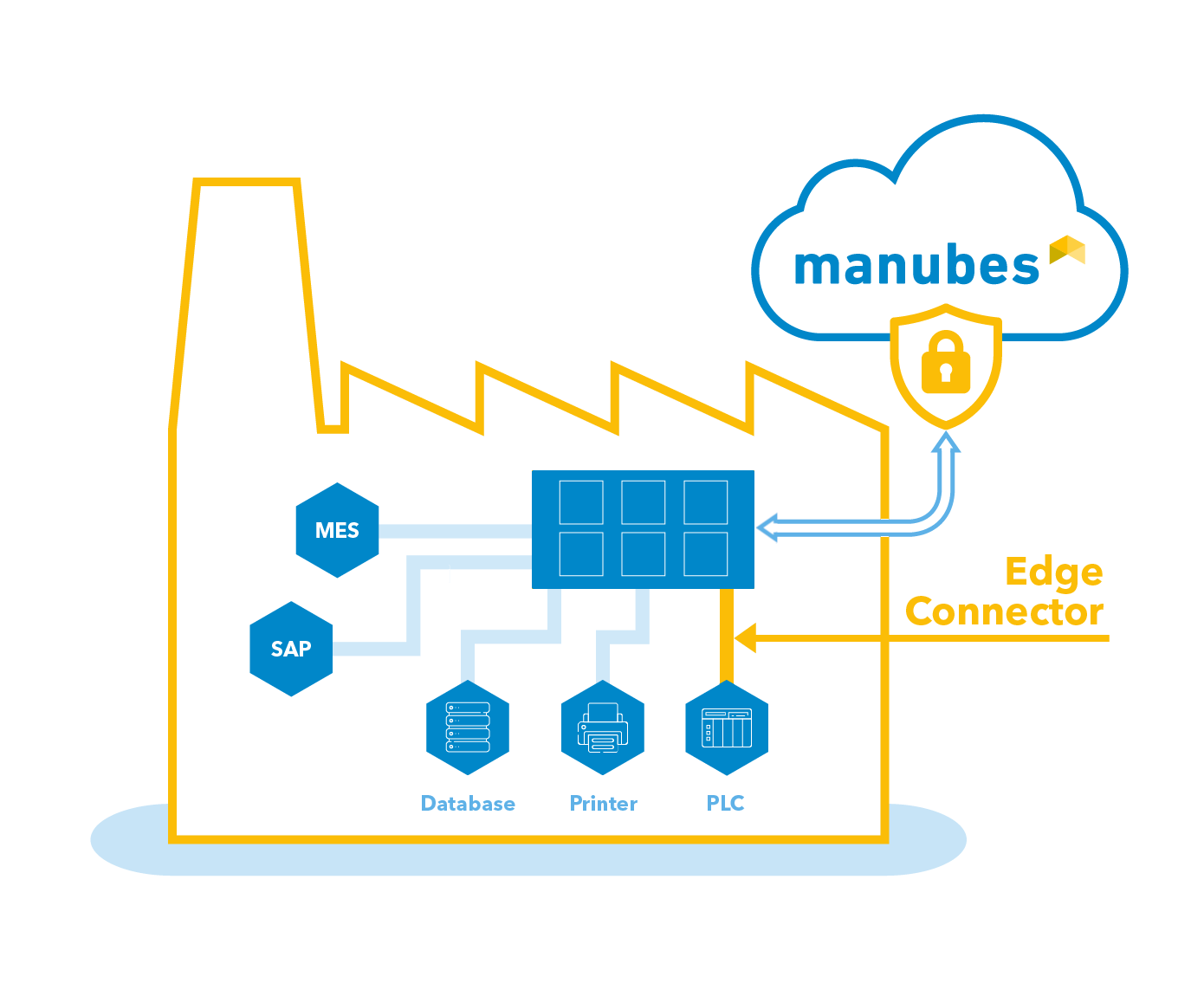
Artificial Intelligence
AI in production management
In recent years, the topic of Artificial Intelligence (AI) integration into various business areas has gained significant momentum – driven in part by major technological progress in the development and utilization of Large Language Models (LLMs).
As more and more AI applications enter the market, companies and industry associations are actively exploring the best use cases for their specific fields.
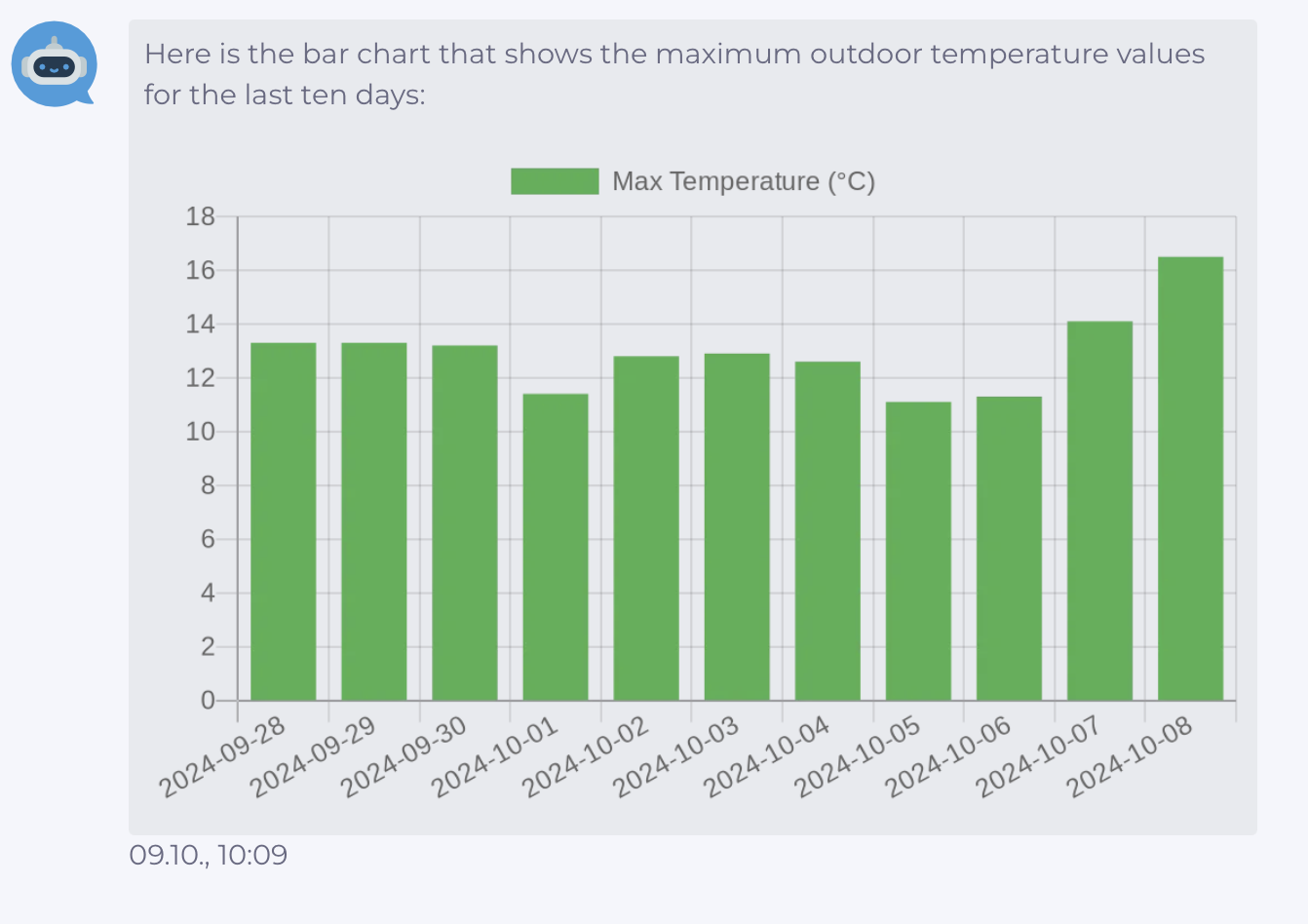
The manubes Chat Assistant analyzes production data and provides key information on demand.
In recent years, the topic of Artificial Intelligence (AI) integration into various business areas has gained significant momentum – driven in part by major technological progress in the development and utilization of Large Language Models (LLMs).
As more and more AI applications enter the market, companies and industry associations are actively exploring the best use cases for their specific fields.
With technologies, regulations and benchmarks evolving rapidly, many organizations remain cautious about investing in AI. Still, decision-makers increasingly recognize the vast potential AI holds for production environments.
Modern manufacturing generates massive amounts of data – data that often contains valuable insights but cannot be analyzed quickly or effectively using traditional methods. AI systems, on the other hand, not only extract insights from large data sets but also learn from that data to continuously improve their own performance.
Some of the most well-known applications of AI in production include predictive maintenance and AI-powered quality control (e.g. image recognition systems). Other areas such as machine scheduling, energy management, and process monitoring also already benefit from the integration of suitable AI systems and may do so even more in the future.
In our article on AI in production, we take a closer look at specific use cases.
The manubes Chat Assistant built into the manubes platform is an example of an AI tool that supports production teams with everyday tasks. As an out-of-the-box feature, it integrates seamlessly into the platform and provides access to intelligent data analysis – without requiring companies to train their own models or implement complex systems.
With technologies, regulations and benchmarks evolving rapidly, many organizations remain cautious about investing in AI. Still, decision-makers increasingly recognize the vast potential AI holds for production environments.
Modern manufacturing generates massive amounts of data – data that often contains valuable insights but cannot be analyzed quickly or effectively using traditional methods. AI systems, on the other hand, not only extract insights from large data sets but also learn from that data to continuously improve their own performance.
Some of the most well-known applications of AI in production include predictive maintenance and AI-powered quality control (e.g. image recognition systems). Other areas such as machine scheduling, energy management, and process monitoring also already benefit from the integration of suitable AI systems and may do so even more in the future.
In our article on AI in production, we take a closer look at specific use cases.
The manubes Chat Assistant built into the manubes platform is an example of an AI tool that supports production teams with everyday tasks. As an out-of-the-box feature, it integrates seamlessly into the platform and provides access to intelligent data analysis—without requiring companies to train their own models or implement complex systems.

The manubes Chat Assistant analyzes production data and provides key information on demand.

The manubes Chat Assistant analyzes existing production data and provides information on orders, resources, KPIs or downtimes within seconds. The integrated AI feature supports manubes users with a solid data foundation for various tasks and decisions.
Conclusion
The future of production management
While the core functions of production management remain largely the same, the specific workflows, tools and best practices are constantly evolving.
On one hand, production management adapts to changes within the production environment itself. At the same time, the range of available tools continues to expand: New software applications and technologies enable deeper analysis of production data, helping identify improvement opportunities and implement optimization measures. Specialized platforms like manubes provide the tools and resources needed to build custom production solutions – from automated notifications to material verification via barcode scan.
To stay competitive, manufacturing companies are encouraged to continuously evaluate new technologies and reassess existing processes.
Want to learn more about modern production management? Our knowledge base offers a wide range of articles on production-related topics and technologies.
Try manubes for free
Test the different manubes features in your personal cloud environment.


